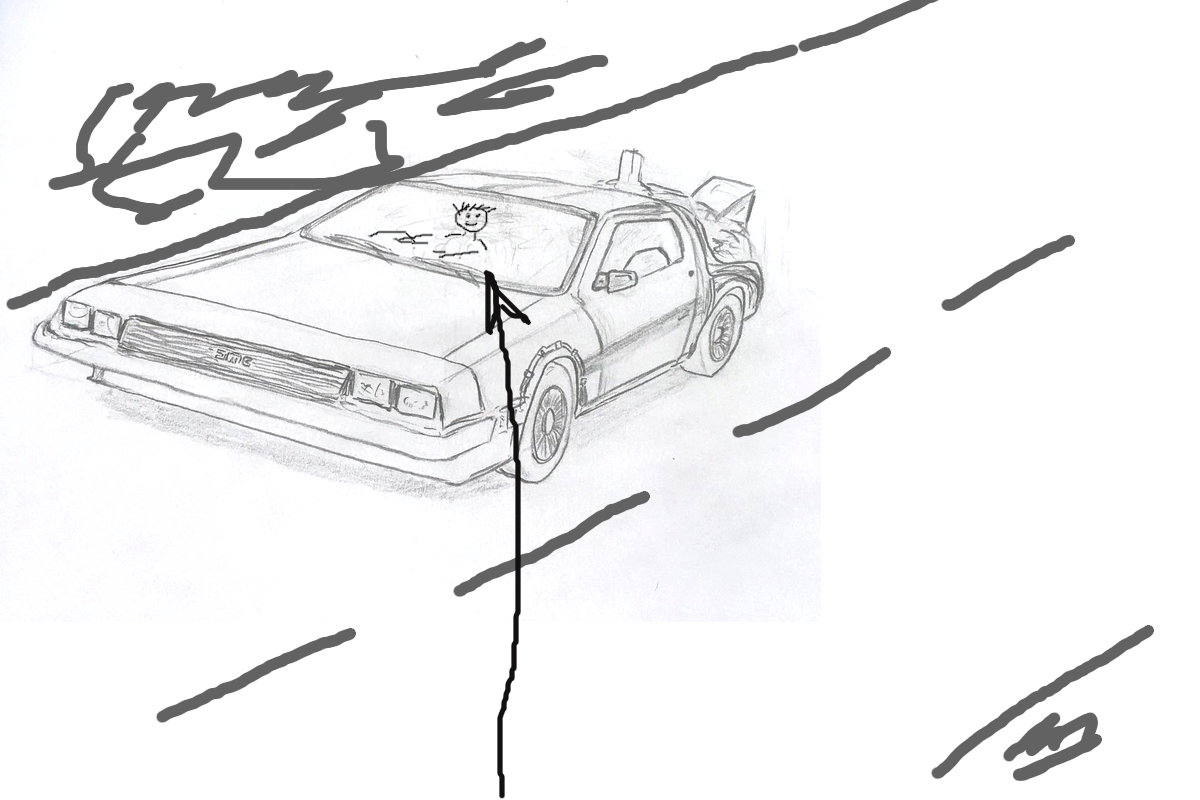Tag: C172
-
Regaining Confidence: Finding Comfort from the Left Seat
As I mentioned before, I am currently enrolled in a flight instructor course in Canada, and lately, my progress hasn’t been as smooth as I had hoped. Specifically, I’ve been struggling with consistently executing smooth landings. While they meet the required standards, I don’t feel satisfied with them as a demonstration for future students. I…
-

Right Seat Transition: Returning to Basics from a New Perspective
Recently, I began my flight instructor training in Ontario, and I am still getting used to sitting in the right seat. Initially, I had a tendency to lower the left wing, especially in turns, but I have since improved. It’s like being a student all over again, but now I am learning to be a…
-

First Time in The Canadian Sky: The Flight Instructor Course
As I have already mentioned, I finally converted my FAA license to the Canadian one and received my aviation booklet in the mail. Now, I am a certified commercial pilot in Canada, which allows me to fly here and even get paid for it. However, finding a job is a different story as I have…
-
Multi-Engine IPC – Yet Another Skills Check
Legally FAA IPC (Instrument Proficiency Check) can be done in any airplane, it just validates the Instrument Rating. After that a license holder can fly by instruments any airplane class mentioned in a license. For example, if I have Single Engine Land, Multi Engine Land and Single Engine Sea class ratings and a valid Instrument…
-
IPC – Instrument Proficiency Check
Hi folks! After a long pause I am flying again, and now I am in the Rocky Mountains! The weekend weather turned out to be great. It was a little windy, but sunny and not gusty. As I already mentioned (and you probably know) according to the FAA rules one needs to comply with the…
-
Flying near Rocky Mountains
I am flying again! It’s been more than a year I haven’t flown at all, and I missed it a lot. Finally I can spread my wings again! Pilot must fly, it is the rule. Skills are deteriorating without practice. The process is slower for experienced pilots, but practice is still essential. And, of course,…
-
EASA CPL: Brand New Commercial Pilot
One more milestone is passed – now I officially possess EASA Commercial Pilot License with single-engine, multi-engine and instrument ratings. It took about 50 flight hours and almost a year – mainly because of theoretical exams preparation, and today I passed the practical exam. The commercial course itself took 15 dual hours, one long solo…
-
Finally EASA NVFR!
For being able to obtain the EASA Instrument Rating an applicant have to meet some criteria. The full list can be found in Part-FCL 610. Summary is the following: hold at least a PPL; have 50 XC hours as a PIC (and for EASA cross-country time is not required to be more than 50 miles…
-
EASA Night Rating (NVFR): Navigation/Cross-Country Flight
Night rating in essential for having the Instrument Rating checkride according to my school curriculum. Usually students just obtain it in spring or autumn (because of early sunset) after their PPL, but I came for the EASA Competency-Based IR after getting a FAA CPL, and somehow started my instrument training before getting a night rating.…
-
EASA Instrument Rating: Level Up!
So, the blog is alive, and I still keep going. Any professional pilot path starts from the PPL (Private Pilot License). After that you’re good to go by visual cues all by yourself. In Europe only day flights are legal (night rating should be obtained to fly at night), in the US you’re allowed to…